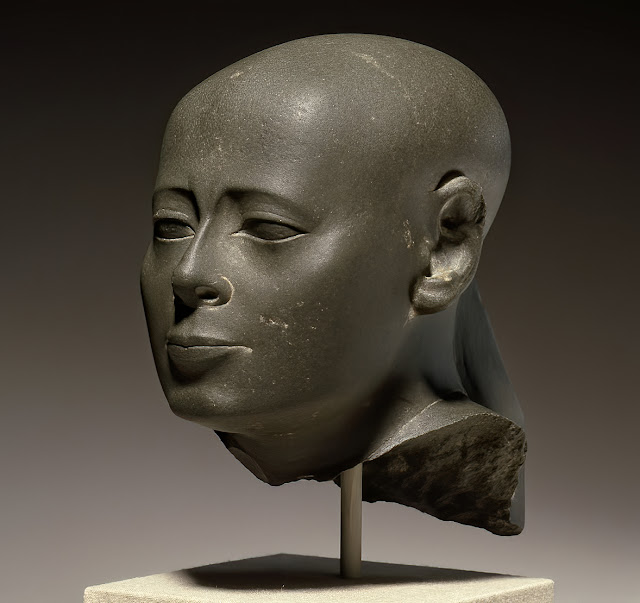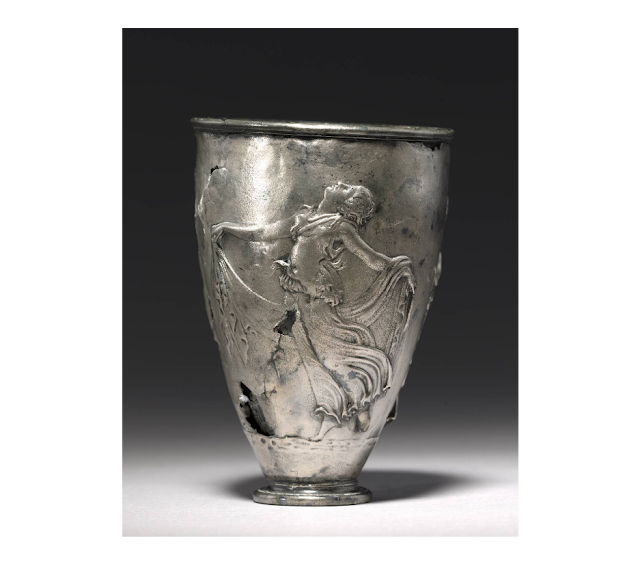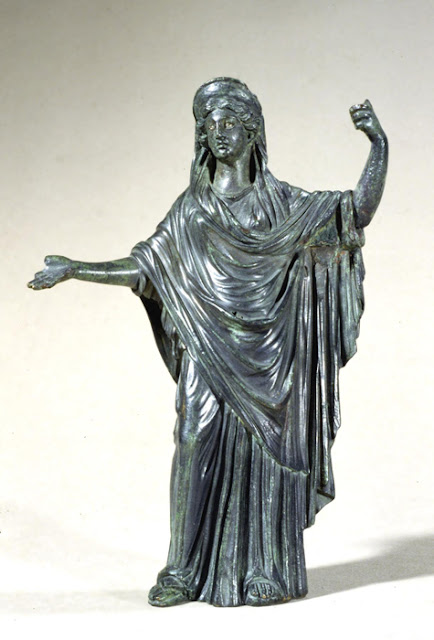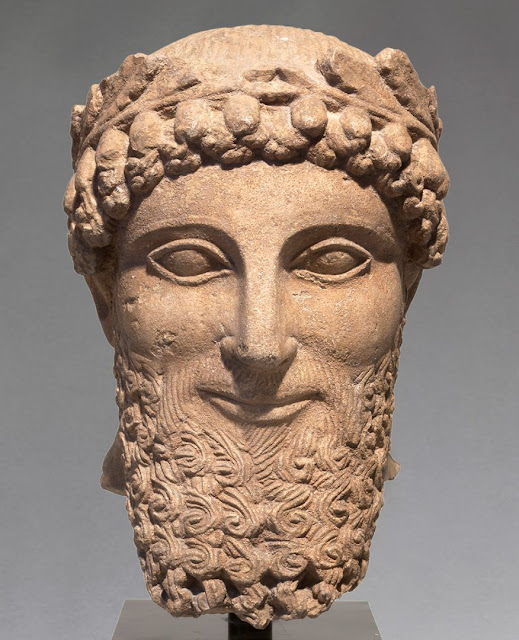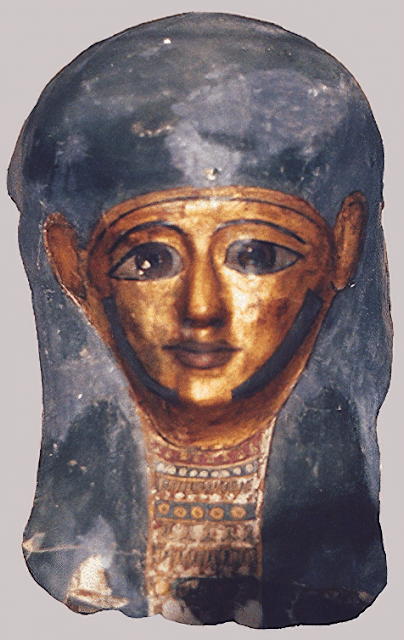Nuragic bronze figurines at the Art Institute of Chicago in Chicago, Illinois

Nuragic bronze figurines at the Art Institute of Chicago in Chicago, Illinois. Back in June of this year I posted about the collection of Nuragic Art at the national Archaeological Museum of Cagliari on Sardinia. Nuragic civilization lasted on the island of Sardinia from the 18th century BCE to 238 BCE when the Romans colonized the island. The term "Nuragic" is derived from the island's most characteristic monument, the nura ghe, a tower-fortress type of construction the ancient Sardinians built in large numbers. Even today more than 7,000 nuraghes dot the Sardinian landscape. If you can't make a trip to Sardinia, though, you can still see several excellent examples of Nuragic bronze figurines at the Art Institute of Chicago. These warrior people have been associated with the Sherden tribe of the late Bronze Age Sea Peoples. Simonides of Ceos and Plutarch spoke of raids by Sardinians against the island of Crete, in the same period in which the Sea People invaded E
